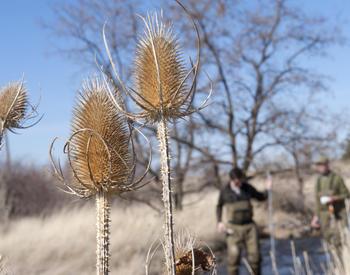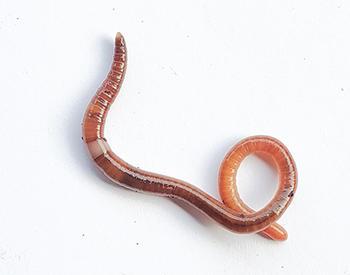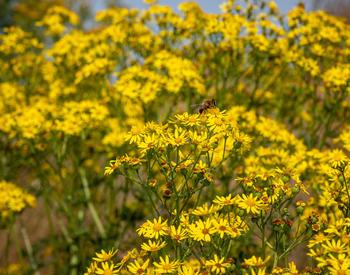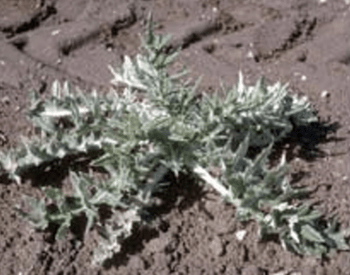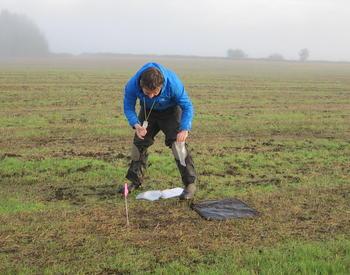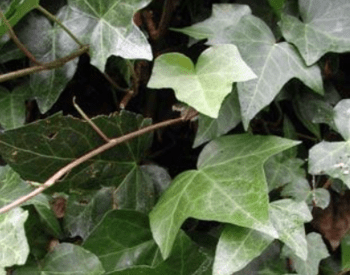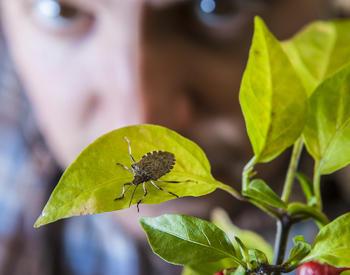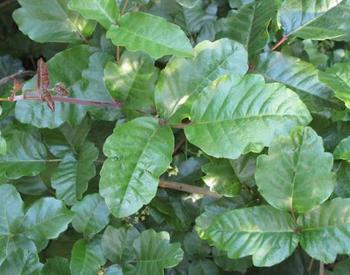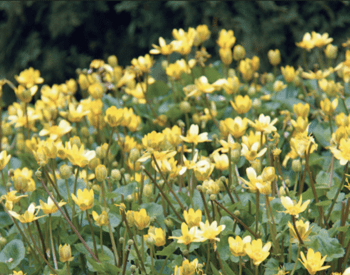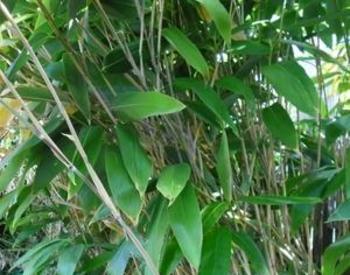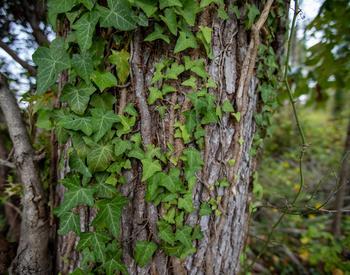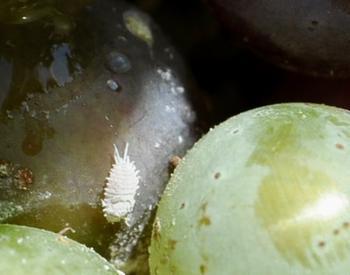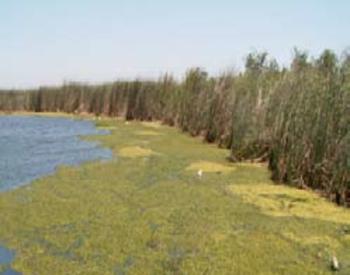My husband and I moved to Halfway, OR in November. My friend tells me that a plant we have on our septic mound is dangerous to keep around. She says this succulent is very dangerous if you get it in your eyes. I'm wondering if you can tell me about this plant. If I need to get rid of it, what is the best way?
Based on your photo that looks to be myrtle spurge, a Euphorbia.
The profile for myrtle spurge is found on the Oregon Noxious Weeds.
This profile suggests a biological control, " a leafy spurge flea beetle", but otherwise the chemical controls noted in the fact sheet below might be more effective. It states that any control program must be long-term. Be sure to note the "cautions" so that other plants or animals are not damaged by chemical treatments.
The PNW Weed Management Handbook has a fact sheet for managing a variety of spurge plants.
The City of Boulder recommends the following in their article about myrtle spurge:
"On your property, Myrtle Spurge is easily removed by hand. Caution: Wear gloves, long pants, and a long-sleeved shirt when pulling. The weed exudes a milky sap that can severely irritate skin and eyes and is toxic if ingested... Remove at least four inches of the root when pulling myrtle spurge. The weed has a taproot, so the more of this you can pull out, the more effective it will be at preventing re-growth."
Remove plants before seed set. Here's a good myrtle spurge fact sheet from the University of Florida.
Best of luck controlling this plant. It is well-suited to your site, but not a family-friendly plant.
Use pesticides safely!
- Wear protective clothing and safety devices as recommended on the label. Bathe or shower after each use.
- Read the pesticide label—even if you’ve used the pesticide before. Follow closely the instructions on the label (and any other directions you have).
- Be cautious when you apply pesticides. Know your legal responsibility as a pesticide applicator. You may be liable for injury or damage resulting from pesticide use.
